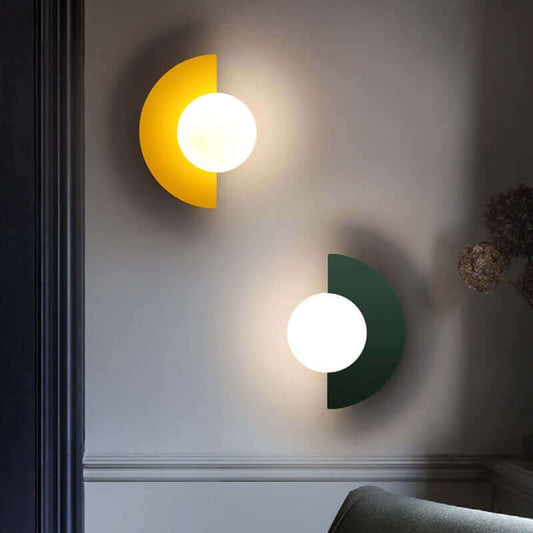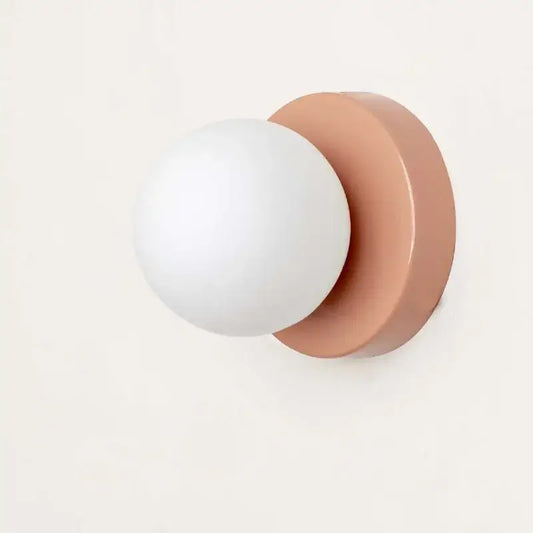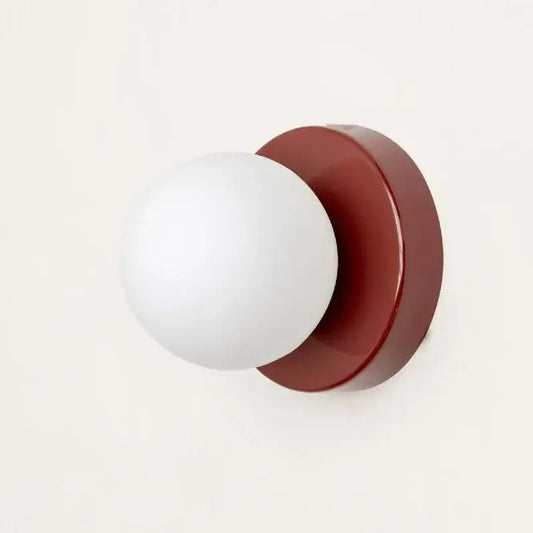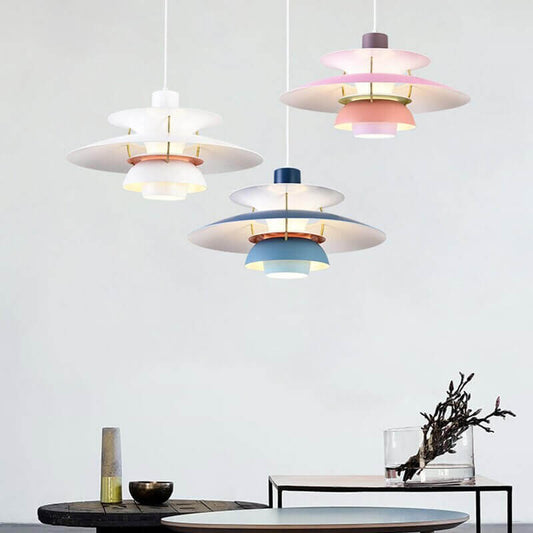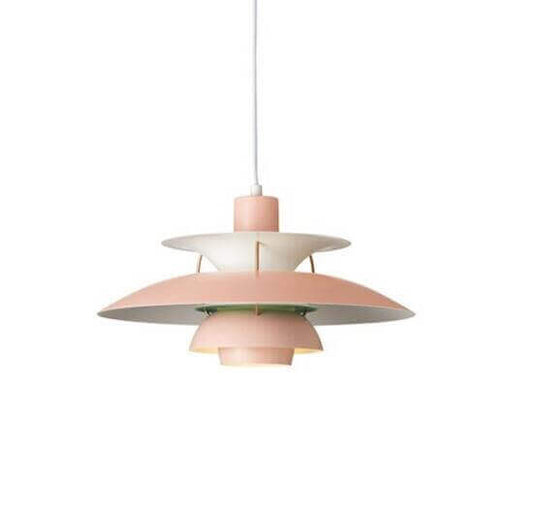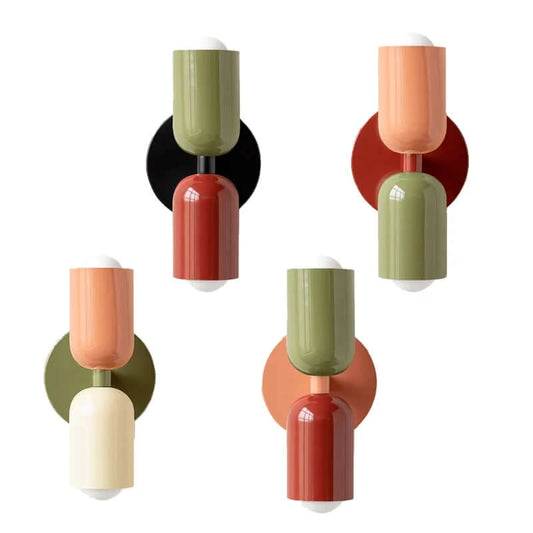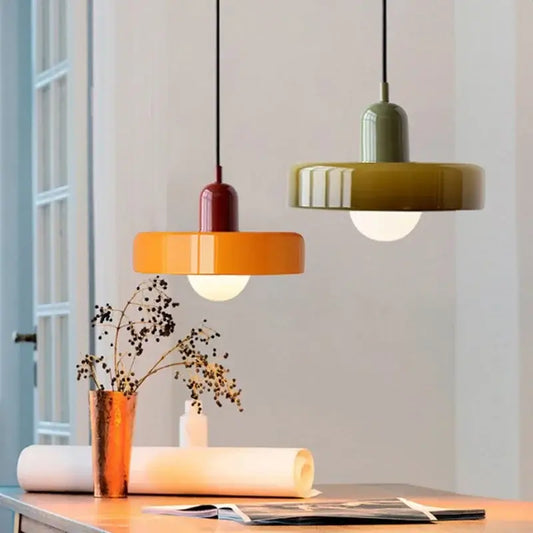United States | 12-Ounce Mugs
History and Culture
Coffee in the United States is more than just a drink—it's a ritual that fuels daily life. In the post-WWII era, as coffee became more widespread and popular, the size of coffee mugs began to increase. This shift paralleled the rise of coffee chains like Starbucks, which standardized the larger, to-go sizes that Americans have come to expect.
Usage
A standard U.S. coffee mug holds around 12 ounces (355 ml), designed for the typical American coffee experience—whether it’s a strong brew to kickstart the morning or a leisurely cup enjoyed during work breaks. Americans tend to consume coffee in larger quantities, often on the go, which is why travel mugs have also become essential.
Design
American mugs often feature sturdy handles and wide openings, making them practical for both casual home use and for carrying on the move. Designs range from minimalistic to heavily branded or personalized, reflecting individual preferences.
United Kingdom | 8-10 Ounce Mugs
History and Culture
Though the UK is renowned for its tea culture, coffee has become a staple beverage over the last few decades. The shift from tea to coffee gained momentum in the 1990s, leading to a rise in coffee shops and home brewing equipment, each impacting mug sizes.
Usage
In the UK, the standard coffee mug size is typically 8-10 ounces (237-296 ml), offering a more measured serving size compared to the U.S. The British tend to savor their hot drinks slowly, making these moderately sized mugs perfect for both coffee and tea. The smaller size also aligns with traditional tea cups used for centuries.
Design
Mugs in the UK often have subtle, elegant designs, ranging from floral patterns to plain, solid colors. Ceramic mugs with narrow handles are common, often reflecting the timeless British aesthetic of understated elegance. Tearooms and cafés tend to use simple, refined mugs, often with delicate shapes.
Italy | 2-8 Ounce Cups
History and Culture
Italy is synonymous with espresso, a tradition dating back to the early 20th century. Italian coffee culture is all about quality over quantity, and the small size of espresso cups reflects this. Italians have mastered the art of coffee brewing, ensuring that even a small cup is packed with flavor.
Usage
For espresso, Italians use 2-3 ounce (59-89 ml) cups, which are perfect for the concentrated, quick coffee experience they prefer. For cappuccinos and other milk-based drinks, the cups increase in size to 6-8 ounces (177-237 ml) to accommodate the foam and milk, making them ideal for a mid-morning break.
Design
Italian espresso cups are typically simple, often white porcelain, with thick walls to retain heat. Their small size and iconic shape make them instantly recognizable. Cappuccino cups, on the other hand, are slightly larger with a wide opening, designed to showcase the foam and allow the drinker to enjoy the aroma fully.
France | 3-10 Ounce Mugs
History and Culture
In France, coffee is a leisurely affair, often enjoyed alongside a croissant or pastry. Coffee culture in France dates back to the 17th century, with cafés playing a central role in intellectual and artistic movements. The smaller espresso cups found in French cafés symbolize a deep-rooted love for quality and tradition.
Usage
Espresso is typically served in 3-4 ounce (89-118 ml) cups, while a café au lait, enjoyed at breakfast, requires an 8-10 ounce (237-296 ml) bowl-like cup. These larger vessels are designed to hold equal parts of coffee and steamed milk, making it a comforting morning ritual.
Design
French coffee cups often feature minimalist designs. Café au lait cups are larger and often shaped like small bowls, allowing drinkers to dip bread or pastries into their coffee. Espresso cups are compact, made of ceramic, and designed to hold the intense flavors of French espresso.
Spain | 3-8 Ounce Mugs
History and Culture
Spain’s vibrant coffee culture is deeply social, with coffee breaks known as "tertulias" often spent in cafés chatting with friends. The Spanish take their coffee in small, strong doses, with espresso being the beverage of choice, but they also enjoy milk-based drinks like café con leche.
Usage
For espresso, a 3-4 ounce (89-118 ml) cup is standard. Café con leche is served in cups ranging from 6-8 ounces (177-237 ml), combining espresso with steamed milk. The moderate size allows for an extended break, often enjoyed in a lively café setting.
Design
Spanish coffee cups are often simple, made of white ceramic with a rounded shape. They are functional but elegant, designed to highlight the rich, bold flavors of Spanish coffee. The larger café con leche cups are shaped similarly to latte bowls, with enough room for foam and milk.
Germany | 2-8 Ounce Mugs
History and Culture
Germany’s coffee culture embraces both strong espresso and lighter, filtered coffee. The country’s coffee traditions have evolved over centuries, from the influence of Vienna’s coffeehouses to the modern-day trend of artisanal brewing methods.
Usage
Espresso is served in 2-3 ounce (59-89 ml) cups, while filtered coffee is enjoyed in 6-8 ounce (177-237 ml) mugs, offering a larger, more leisurely coffee experience. Germans appreciate the versatility of coffee, whether it’s a quick shot of espresso or a full mug of filter coffee.
Design
German coffee cups are often straightforward and functional, with minimalist designs. Filter coffee mugs are slightly larger and sturdier, often made from ceramic or porcelain, while espresso cups are more refined, with thicker walls to maintain the temperature of the coffee.
Japan | 2-6 Ounce Mugs
History and Culture
Coffee was introduced to Japan in the late 19th century, and since then, it has grown into a beloved beverage. Japan’s coffee culture blends meticulous craftsmanship with modernity, where coffee is often enjoyed in smaller quantities, reflecting the country's attention to detail.
Usage
In Japan, coffee cups typically hold 4-6 ounces (118-177 ml), offering a perfect balance between flavor and volume. Espresso is served in 2-3 ounce (59-89 ml) cups, ideal for appreciating the strong, concentrated essence of the coffee. Japanese coffee culture favors refined, slower brewing methods.
Design
Japanese coffee cups often feature delicate, artisanal designs, influenced by the country’s rich ceramic tradition. Cups are often hand-crafted, with subtle patterns and a smooth finish. The aesthetic emphasizes simplicity and balance, mirroring Japan’s approach to both art and coffee.
Turkey | 3-4 Ounce Cups
History and Culture
Turkish coffee is one of the oldest coffee traditions in the world, dating back to the Ottoman Empire. Turkish coffee is brewed finely ground and unfiltered, creating a strong, rich brew that is meant to be savored slowly. Coffee plays a central role in Turkish culture, often associated with hospitality.
Usage
Turkish coffee cups are small, holding about 3-4 ounces (89-118 ml). The size is ideal for the concentrated, thick coffee, which is usually consumed in a ceremonial fashion. Coffee in Turkey is often enjoyed with friends and family, fostering conversation and connection.
Design
Traditional Turkish coffee cups are ornately decorated, often made from porcelain or even metal. The cups are small and handleless, reflecting the ancient traditions of Turkish coffee preparation. These intricate designs add to the sensory experience of drinking Turkish coffee.
Greece | 2-3 Ounce Cups
History and Culture
Greek coffee is closely related to Turkish coffee, sharing similar brewing techniques and cultural significance. In Greece, coffee is a key part of daily life, often enjoyed at leisure in cafés known as "kafeneio." Greek coffee is unfiltered, strong, and aromatic, designed to be enjoyed slowly.
Usage
Greek coffee cups are small, holding about 2-3 ounces (59-89 ml), perfect for the strong, unfiltered brew. Coffee in Greece is more than just a drink; it’s an opportunity for socializing and relaxation. The small size encourages a slow, thoughtful consumption.
Design
Greek coffee cups are simple yet functional, typically made of ceramic. Their small size and thick walls help to maintain the heat of the coffee. The cups are often plain but can feature subtle patterns, reflecting the laid-back yet rich coffee culture of Greece.
So here are a few references on the history of coffee over the ages!
-
"Uncommon Grounds: The History of Coffee and How It Transformed Our World" by Mark Pendergrast This book provides a comprehensive look at the history of coffee, from its origins to its impact on cultures and economies around the world. While it might not explicitly discuss coffee cup sizes, it delves into the global coffee experience, which could include references to various coffee drinking practices.
-
"The World Atlas of Coffee: From Beans to Brewing - Coffees Explored, Explained and Enjoyed" by James Hoffmann While focusing on the broader aspects of coffee, this book provides insights into the origins of different coffee beans, brewing techniques, and coffee cultures in various regions. It might touch on differences in coffee preparation, which could indirectly relate to cup sizes.
-
"Coffee: A Comprehensive Guide to the Bean, the Beverage, and the Industry" edited by Robert W. Thurston, Jonathan Morris, and Shawn Steiman This comprehensive guide covers various aspects of coffee, including its history, cultivation, processing, and consumption. While it doesn't specifically target coffee cup sizes, it might provide insights into the cultural and regional differences in coffee consumption practices.
#CoffeeCultureWorldwide
#GlobalCupSizes
#CaffeineJourney
#CoffeeCupDiversity
#SipAroundTheWorld





